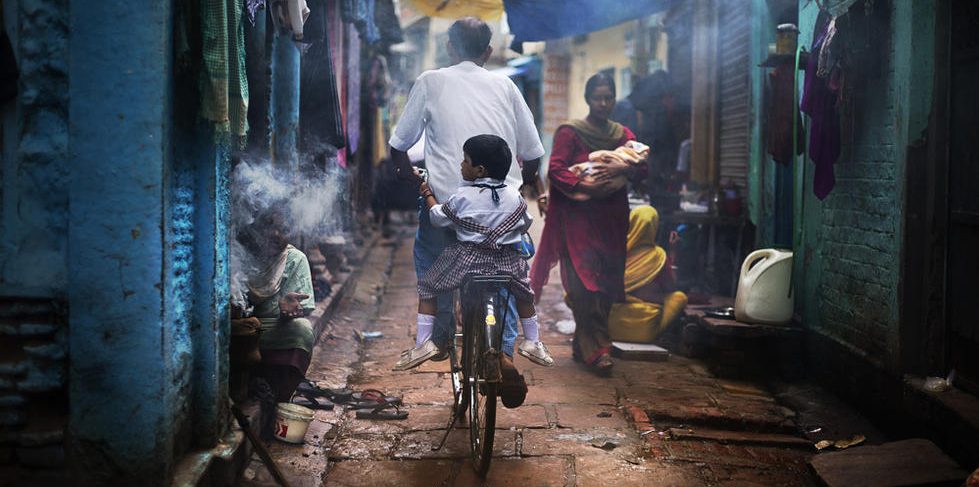Microcredit, which is a kind of small loan for the poor to help them set their own businesses and get rid of poverty, has experienced an explosive growth in the last decade. Except the non-government organizations, finding a commercial opportunity in microfinance, some for-profit companies have received a huge amount of investment in recent years. However, does microcredit really work well like how it sounds and looks? Will microfinance really help the poor get the rid of poverty? There is no denying that microfinance has many advantages. To begin with, microcredit provides start-up capitals for the people who are willing to set up their own businesses. Capitals may include the cost of machines and raw materials for production. In fact, many people have been benefited by the help of microcredit. For instance, a man in Africa received a microcredit of several hundred dollars because of his plan of shoe-making. The shoes sold well, so he repaid the investment and some interests after the first month. Then he received a larger amount of money, which enabled him to expand his business. Now he owns a shoe factory and a large shop. In addition, microfinance helps people who already own a business to further expand and improve their business. Some business start-ups have difficulty getting rid of poverty because of lack of finance to hire labors or buy wholesales, which may help them reduce their cost and expand their business. Microfinance may solve their problem. A woman in Africa who owns a grocery store received a microcredit, and she used the money to buy wholesales and expand the size of her store. After only a year, she had hired three employees to help her. After several years, she now owns a whole street in a community and lends her lands to others to help more people start their own businesses. So eventually, microfinance can also create more work opportunities, which benefits the whole society. However, not everyone realizes his or her dreams successfully. Microfinance also has an evil side and plenty of disadvantages, which may explain my concern and why I do not believe in and support it. First, it is not possible for all new business to succeed. To tell the truth, the possibility of success for those business start-ups is even lower than 50%. For the aspect of business management, sole traders, which means people who work on their own alone, has an unlimited liability. This means that if their business fails, all they own including their own savings and houses will disappear. How can the losers even pay back their microcredit plus interest? The risk for taking microcredit is too much. Furthermore, microcredit will make the poor even poorer if it is not used in correct ways. For example, some for-profit companies instigate the poor to accept microcredit even though they know that those people will not start a business or pay back on time. A 19-year-old young woman in India took several microfinances and used all money on the wedding and the tuitions for the kids. As a result, she committed suicide because she was not able to pay the loans back. Her mum said with mournful voice that the microfinance company told them to pretend that they had a vegetable store. If we cannot make sure that everyone spends the money on business instead of daily expenditures, microcredit will never end poverty. Instead, it leads to more poverty and more tragedies. From my own perspective, I disagree with the idea of popularizing microfinance in those rural areas now. Success does not mean anything because it is too rare. In fact, we have much more tragedies of failure in microfinance than success. Low requirements, no finance management education, lack of research and studies and for-profit purposes make microfinance way too complicated. In my opinion, before we get to know more about it, we should time our time and think whether there is a better solution. The fight against poverty has still a long road to go.
Categories
Microcredit: Helps or Worsens
